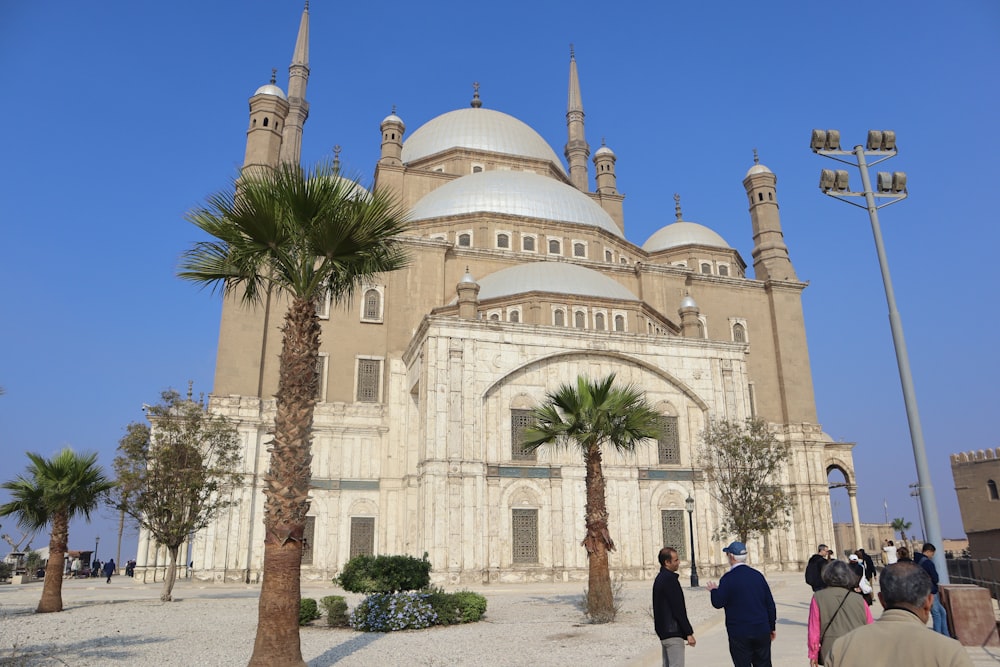Exploring the Magnificence of Ottoman Architecture

A Glimpse into Ottoman Architectural Heritage
In the heart of Istanbul, amidst the bustling streets and the call of muezzins, lie the remnants of a glorious empire. The Ottoman Empire, at its peak, stretched across three continents, leaving behind a legacy of architectural marvels that continue to awe and inspire.
A Legacy of Splendor
The Ottoman Empire, spanning over six centuries, was not only a political and military force but also a beacon of cultural and artistic achievement. Its architecture, in particular, reflects the empire’s grandeur and sophistication. From the majestic mosques to the opulent palaces, each structure tells a tale of a bygone era.
The Magnificent Mosques
At the heart of Ottoman architecture are its mosques, towering structures that stand as symbols of the empire’s devotion to Islam. The Sultan Ahmed Mosque, famously known as the Blue Mosque, is a masterpiece of Ottoman architecture. Its cascading domes and minarets, adorned with intricate tile work and calligraphy, create an ethereal beauty that transports visitors to another world.
Palaces Fit for Sultans
The Topkapi Palace, once the residence of Ottoman sultans, is a sprawling complex of courtyards, gardens, and pavilions. Here, the sultans held court, entertained dignitaries, and made decisions that shaped the empire’s destiny. The palace’s Harem, with its labyrinthine corridors and ornate chambers, offers a glimpse into the private lives of the Ottoman rulers.
The Iconic Hagia Sophia
A symbol of Istanbul’s rich history, the Hagia Sophia stands as a testament to the city’s status as a crossroads of civilizations. Originally built as a Christian basilica in the 6th century, it was later converted into a mosque during the Ottoman era. Its massive dome, intricate mosaics, and towering minarets make it one of the most iconic landmarks in the world.
The Grand Bazaars and Caravanserais
Beyond the palaces and mosques, Ottoman architecture also thrived in the bustling markets and trading posts. The Grand Bazaar, a labyrinthine maze of shops and alleys, is a testament to the empire’s commercial prowess. Caravanserais, or roadside inns, provided weary travelers with a place to rest and trade their goods, often featuring elaborate courtyards and ornate facades.
Architectural Innovations and Influences
Ottoman architects were masters of their craft, blending elements of Byzantine, Persian, and Islamic styles to create a unique aesthetic. The use of intricate tile work, geometric patterns, and arabesque motifs became hallmarks of Ottoman architecture. Innovations such as the use of domes and half-domes allowed for expansive interior spaces, while the development of the pointed arch added structural stability to buildings.
Preserving Ottoman Heritage
Today, efforts are underway to preserve and restore the magnificent Ottoman structures that still stand across Turkey and beyond. Organizations such as the Turkish Ministry of Culture and Tourism work tirelessly to ensure that these architectural treasures remain intact for future generations to admire and appreciate.
A Journey Through Time
Exploring Ottoman architecture is not just a journey through magnificent buildings; it is a journey through time itself. Each structure, with its intricate details and rich history, offers a glimpse into the splendor of a once-mighty empire. From the towering minarets to the ornate palaces, Ottoman architecture continues to captivate and inspire all who encounter its timeless beauty.
Rediscovering Ottoman Majesty
As we wander through the halls of the Topkapi Palace or gaze up at the soaring domes of the Blue Mosque, we are reminded of the incredible achievements of the Ottoman Empire. Its architectural legacy, with its blend of artistry, engineering, and spirituality, continues to stand as a testament to the enduring power of human creativity.
Embracing Ottoman Heritage
In embracing Ottoman architecture, we not only honor the past but also celebrate the beauty and ingenuity of a civilization that shaped the course of history. Whether exploring the grandeur of the Sultan Ahmed Mosque or marveling at the intricate designs of the Hagia Sophia, each step is a journey into a world of splendor and majesty that is uniquely Ottoman. Read more about ottoman architecture





![Unlocking Real Estate Success [Company Name] Unlocking Real Estate Success [Company Name]](https://images.unsplash.com/photo-1583142499515-db3e66a57bdc?fm=jpg&q=60&w=3000&ixlib=rb-4.1.0&ixid=M3wxMjA3fDB8MHxzZWFyY2h8N3x8cmVhbCUyMGVzdGF0ZSUyMGludmVzdG1lbnQlMjBjb21wYW55fGVufDB8MHwwfHx8Mg%3D%3D)


